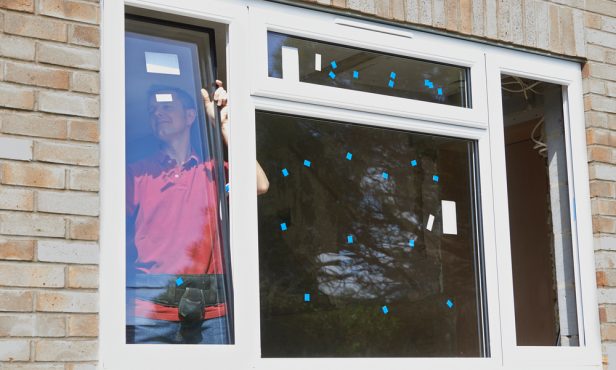Landlords spend an estimated £839m each year upgrading newly purchased rental property before letting it out to tenants, research from Paragon Bank has revealed.
A survey of approximately 900 landlords showed that nearly four in five (77%) invest in upgrading property after purchase, spending an average of £8,720 each.
Based on the average number of buy-to-let mortgages granted each year since 2015, this spend would equate to a £839m annual investment in upgrading private rental stock.

London rent prices hit five year low while every other regions sees rises
The most common work undertaken is general painting and maintenance (67%), electric or plumbing work (44%), and laying new flooring (37%). A third of landlords (32%) install a new kitchen or bathroom, with nearly a quarter (24%) installing a new boiler or upgrading windows (23%).
Richard Rowntree, Paragon Bank Mortgages managing director of mortgages, said: “Landlords typically will make significant improvements to a property before letting to tenants, helping to improve standards across the private rented sector.
“Landlords will of course benefit from this investment through capital appreciation, but it always results in better quality homes for tenants.
“There is a clear correlation between buy-to-let investment and improving standards in the quality of private rental homes. Standards of property in the PRS have increased significantly over that period.
“Overall homes in the sector are newer, larger, warmer and more energy efficient than they were 10 years ago and tenants have more choice.
“Whilst we recognise more needs to be done to improve standards, since 2009 there are nearly three times the number of properties with an energy rating of C or above, a 100% increase in the number of homes built after 1990 and a substantial expansion in the types of property available to rent in the PRS.”
Paragon’s new report, Driving Standards in the Private Rented Sector, highlights how the standard of property in the sector has improved over the past 10 to 15 years.
Since 2006, the portion of homes in the sector classed as ‘decent’ under government standards has increased from 53.2% to 76.7%. Overall, 3.6 million homes are now classed as decent, compared to 1.4 million in 2006.
Over that same period, 1.4 million buy-to-let mortgages for house purchase have been approved.
Conversely, the number of homes classed as non-decent in the PRS has not reduced significantly, with 1 million homes categorised as non-decent today compared to 1.21 million in 2006. This suggests that the growth in new properties coming into the PRS over that period is driving up standards for the sector overall and diluting the stubborn proportion that remains non-decent.

